(248 products available)








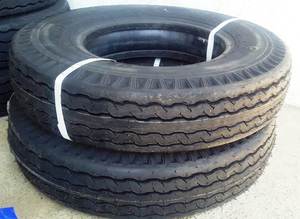


















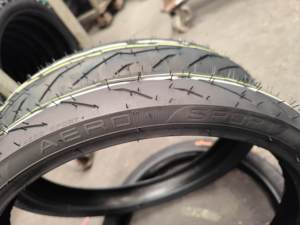











































































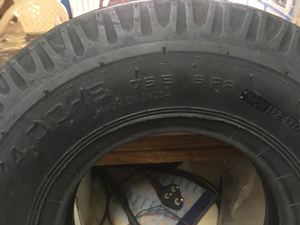














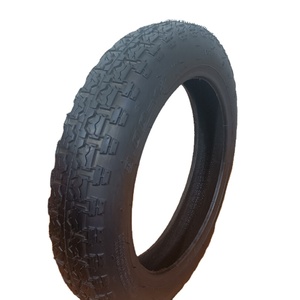
























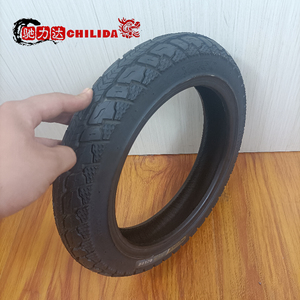


































































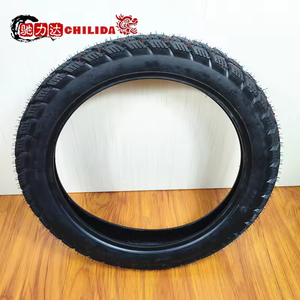


There are different types of Ecuador tires that suit various driving needs and preferences. They include:
All-Season Tires:
These tires are designed to perform well in different weather conditions, including light snow and dry and wet roads. They are popular among drivers who seek reliable performance and don't want to switch their tires seasonally. All-season tires offer a comfortable ride and good tread life, making them suitable for daily commuting and general use.
Summer Tires:
These tires provide excellent grip and handling on dry and wet roads in warmer months. They are designed for high-performance vehicles and enthusiasts who prioritize speed and cornering ability. The tread patterns and rubber compounds of summer tires maximize traction and minimize road contact. However, they need to be changed or stored during the cold season, as driving on them in snowy or icy settings poses a safety risk.
Winter Tires:
Winter tires have unique tread patterns and rubber compounds that offer better grip on snow and ice. They are essential in regions with harsh winters and frequent snow. Winter tires provide safety and stability in cold weather, reducing the risk of skidding and improving braking performance. They should be fitted before the first frost and removed after the winter season to ensure optimal performance.
All-Terrain Tires:
All-terrain tires are designed for vehicles that drive off-road and on paved roads. These Ecuadorian tires offer good traction and durability on various surfaces, including mud, sand, rocks, and asphalt. All-terrain tires suit SUV and truck owners who need reliable performance in urban settings and on country roads. The aggressive tread design and reinforced sidewalls add to the versatility of these tires.
Mud-Terrain Tires:
Mud-terrain tires are designed specifically for off-road use, especially in muddy or loose terrain. They have deep treads and large, widely spaced lugs that provide excellent traction and self-cleaning capabilities. Mud-terrain tires are popular among off-road enthusiasts and those who frequently drive in extreme conditions. While they excel in off-road situations, their on-road performance and noise level can be a compromise.
High-Performance Tires:
High-performance tires are designed for sports cars and high-performance vehicles. They provide excellent handling, braking, and acceleration at high speeds. The tire's innovative tread design and rubber composition maximize grip and stability on the track or road. While they perform well, their tread life requires careful maintenance and replacement.
Tire specifications are important for understanding performance, safety, and compatibility with vehicles. Here are the specifications:
Tire size
The tire's width, aspect ratio, and diameter are included in the size. The width is the measurement from one sidewall to the other in millimeters. The aspect ratio indicates how the tire's height relates to its width. The diameter is in inches. For example, 235/55R17 represents a tire size.
Tread pattern
The tread pattern is the part of the tire that touches the road. It gives traction, drainage, and wear resistance. Common tread designs include symmetrical, directional, and asymmetrical. Symmetrical patterns have identical tread blocks on the tire's surface. Directional patterns follow a specific direction. Asymmetrical patterns have different tread blocks on the same tire.
Tread depth
Tread depth is the height of the tire's tread. It is measured in millimeters. Sufficient tread depth improves traction on slippery roads. A new Ecuador tire has a tread depth of 8 to 12 mm. The depth may be less than 2 mm when the tire needs replacement.
Tire composition
Tires are made of natural and synthetic rubber, steel, polyester, nylon, and other materials. Tire composition affects wear resistance, traction, and mileage. For example, tires with high silica content give excellent grip on wet roads.
Tire classification
Tires are classified according to their use. Common types are all-season, winter, summer, and off-road tires. All-season tires perform well in dry, wet, and light snow conditions. Winter tires have a soft rubber mixture and a deep tread. They give excellent grip on snow and ice. Summer tires offer high performance on dry and wet roads. Off-road tires give traction on unpaved roads.
Here are some tips for maintaining Ecuadorian tires:
With a wide variety of tires to choose from, business owners and wholesalers must do their due diligence. Here are some factors to consider when buying tires in Ecuador:
Any Ecuadorian who rides a motorbike, bike, or vehicle should know how to change a tire. Ecuador's diverse terrain, from the Amazon rainforest to the Andes mountains, and the Galapagos islands, means that people need to be self-reliant when it comes to vehicle maintenance. Fortunately, replacing a tire is a straightforward process. First, here's a step-by-step guide on how to replace Ecuador tires:
Tools and Materials
New tire or tire repair kit, jack, lug wrench, valve core remover, tire irons, bead breaker, air compressor or hand pump, and rim strip.
Prepare the Vehicle
Park the vehicle on a level surface and engage the parking brake. Loosen the lug nuts slightly and use a jack to lift the vehicle until the tire is off the ground.
Remove the Tire
Completely loosen the lug nuts and remove them. Next, remove the tire from the wheel hub by carefully pulling it off.
Prepare the New Tire
If replacing a tire, ensure the new tire is the right size and type for the vehicle. Inspect the wheel rim and clean it thoroughly.
Mount the New Tire
Place the new tire onto the wheel rim, ensuring the tire beads sit properly in the rim's grooves. Use tire irons to help the tire beads enter the rim, being careful not to damage the tire or rim.
Inflate the Tire
Check that the tire pressure is within the recommended range. Ensure the valve core is present, then use an air compressor or hand pump to inflate the tire. As the tire inflates, ensure the beads remain seated on the rim.
Reinstall the Wheel
Place the wheel onto the wheel hub and hand-tighten the lug nuts. Lower the vehicle and use a torque wrench to tighten the lug nuts to the manufacturer's specifications.
Final Checks
Ensure the tire pressure is correct and inspect the tire for any visible issues. Remove any tools used during the process and store them in the vehicle.
Q: How long do Ecuador tires last?
A: Tires in Ecuador last between 40,000 and 60,000 miles. However, the lifespan of tires in Ecuador can be influenced by:
- The type of tire
- Driving habits
- Road conditions
- Tire maintenance
- Load carrying
- Tire rotation
- Alignment and suspension
- Weather conditions
Q: Are Ecuadorian tires good?
A: The quality of tires in Ecuador depends on the brand, type, and specific conditions. Some tires are manufactured to withstand harsh weather conditions and offer good performance. Therefore, when sourced from reputable brands, Ecuadorian tires are good.
Q: How are tires inspected in Ecuador?
Tires in Ecuador are inspected visually for damage, irregular wear, and foreign objects. Moreover, Ecuadorian authorities check the tread depth using a tread depth gauge or ruler. The tire pressure is measured using a tire pressure gauge. Additionally, the sidewalls are inspected for bulges, cracks, and punctures.
Q: What is the minimum tread depth for tires in Ecuador?
Tires in Ecuador must have a minimum tread depth of 1.6 mm (60/32 in) for normal conditions. Nonetheless, some regions with extreme weather conditions have different regulations. Therefore, it's advisable to consult the relevant authorities for the minimum tread depth.